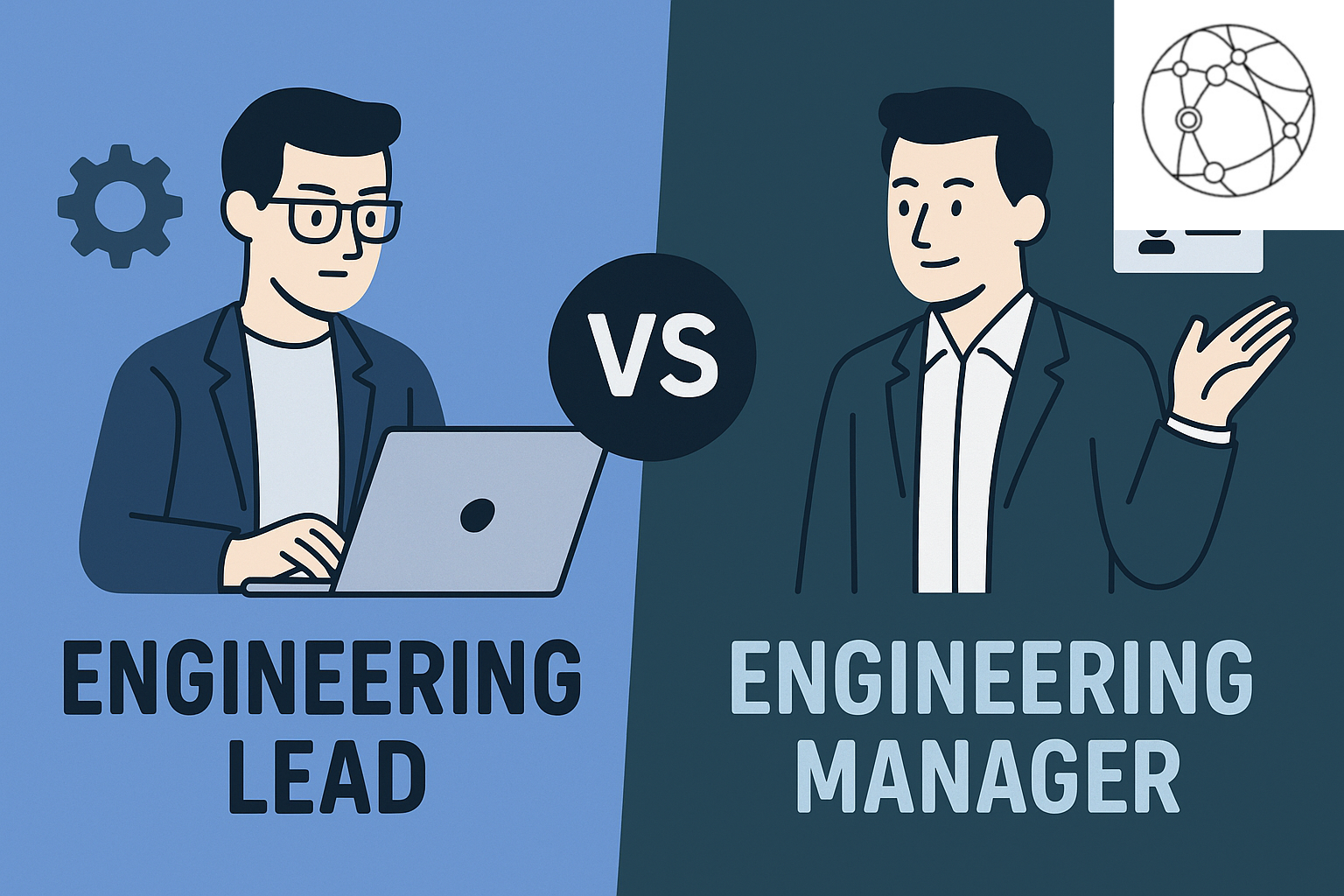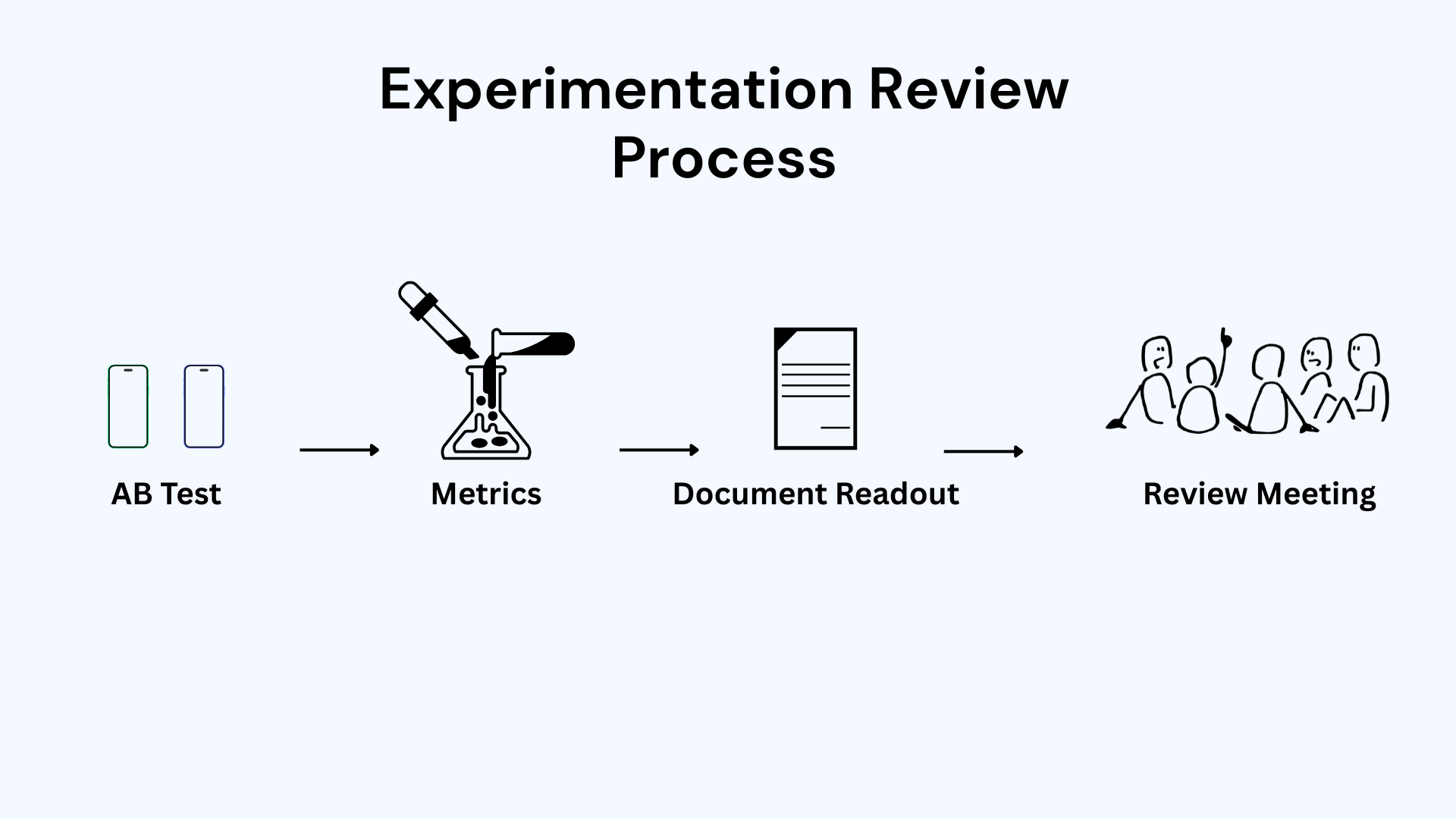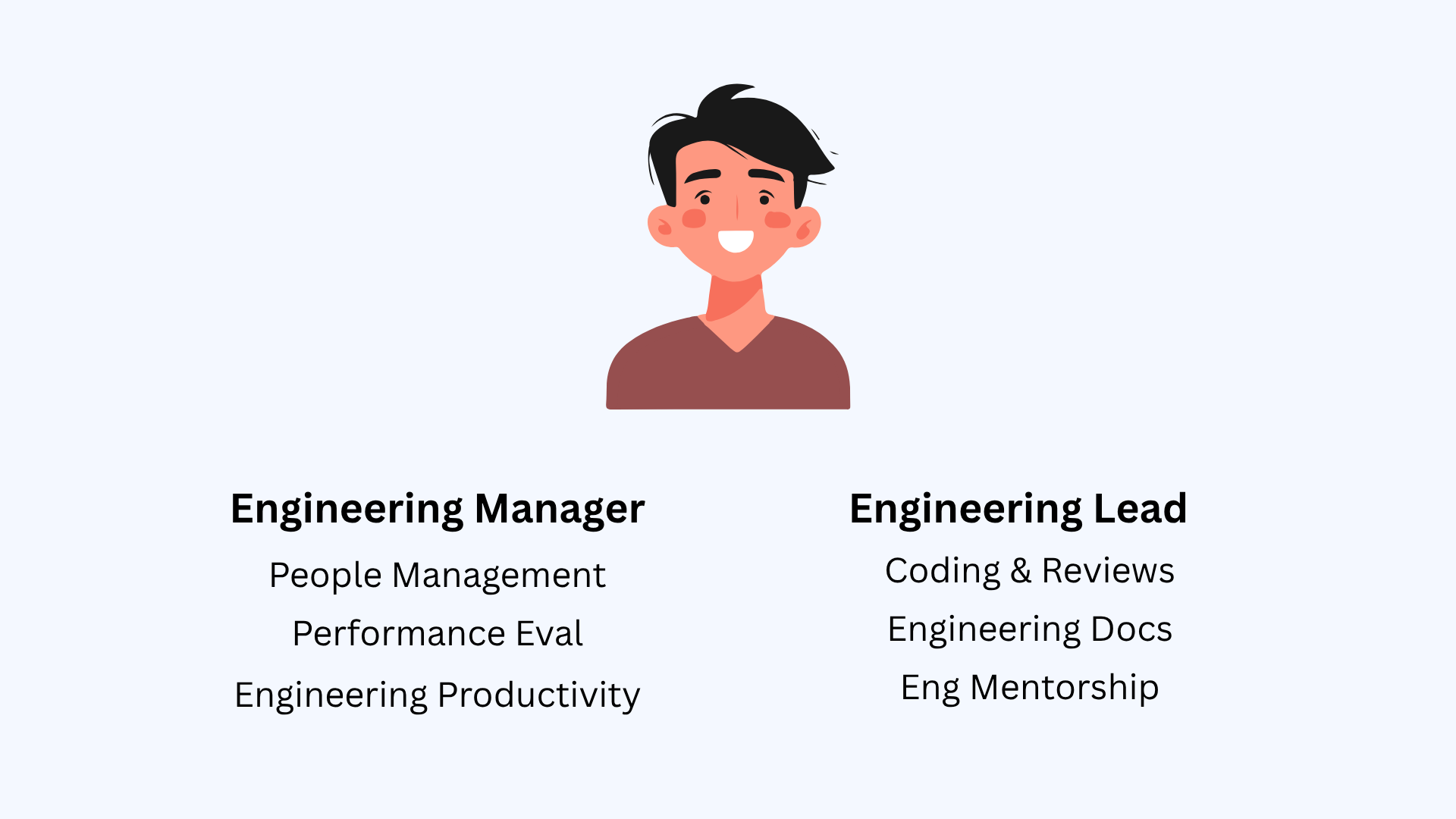Engineering Lead vs Engineering Manager: Choosing the Right IT Leadership Path

Engineering Lead vs Engineering Manager: Choosing the Right IT Leadership Path
Wondering whether to lead through code or through people? These roles may sound similar on paper, but in practice they diverge fast. One has you deep in system design and technical execution. The other centers on growing teams, setting direction, and making org-level impact. Both paths matter—and both can take you all the way to VP.
If you’re trying to figure out whether to aim for Engineering Lead or Engineering Manager, this is the no-fluff breakdown you’ve been looking for.
What Does an Engineering Lead Actually Do?
You know that person who catches product requirements before they turn into fire drills and makes sure nobody’s reinventing the wheel for the fiftieth time? That’s the Engineering Lead.
The role: An Engineering Lead is a senior-level individual contributor (IC) who still codes—but with architectural foresight and technical ownership layered on top. Think of them as the glue between execution and direction.
Core Responsibilities
- Technical ownership: Leads the design and implementation of systems. They’re writing design docs, reviewing PRs, and mentoring junior devs—all while keeping their own code tight.
- Engineering planning: They break down product goals into real-world systems and estimate what it’s going to take to build them. Expect them to allocate tasks and track progress across engineers.
- Resource allocation: When a surprise project shows up mid-quarter, the Eng Lead is the one rebalancing workloads and timelines.
- Cross-functional collaboration: They’re in the weeds with product managers, designers, data teams, and QA—turning business goals into technical execution.
Pro tip: If you love coding, mentoring, and system design—but hate spending hours in performance review cycles—Engineering Lead might be your lane.
Where It Starts to Blur
As teams scale, the Engineering Lead role often grows into more than just “lead the code.” In fast-moving startups or smaller orgs, Leads may even take on light people responsibilities: conducting informal check-ins, onboarding new hires, or shaping team rituals. This overlap with EMs is common—but the expectations around ownership vs. management remain distinct.
Growth Path: Staff, Principal, Architect
The Engineering Lead role is a launchpad for senior IC tracks. From here, you might grow into:
- Staff Engineer: Solving org-level problems through code.
- Principal Engineer: Shaping technical vision across multiple teams.
- Architect: Guiding infra-wide decisions or platform-level architecture.
Each step deepens your strategic tech influence—without managing a single direct report.
What About Engineering Managers?
Engineering Managers (EMs) aren't just tech-savvy project managers. They’re the people steering the ship and making sure the crew is growing, motivated, and not burning out.
The role: An EM is a people-first leader. They might’ve come from a strong IC background, but their focus shifts to managing humans, not codebases.
Core Responsibilities
- People development: Regular one-on-ones, career coaching, and professional growth plans are your new tools. An EM’s main job is making the team better, not the code.
- Performance evaluations: From setting goals to giving feedback to navigating promotions and PIPs—it all lands here.
- Team health and hiring: Culture, retention, and hiring the right mix of engineers? All on your plate.
- Tech strategy liaison: While they may not always be deep in the code, EMs make sure engineering has a seat at the table during strategic planning.
Reality check: If you enjoy watching others grow more than shipping features yourself, the EM track can be incredibly rewarding—and yes, it pays well too.
Growth Path: Director, Senior Director, VP
For those who thrive in the EM seat, the path moves into:
- Director of Engineering: Overseeing multiple teams and managers.
- Senior Director / VP: Driving engineering-wide initiatives, headcount planning, and long-term org design.
While you may not write production code anymore, your decisions shape what gets built, who builds it, and how well it scales.
Engineering Lead vs Engineering Manager: What’s the Real Difference?
Here’s where things get interesting. Both Engineering Leads and Engineering Managers deal with leadership, but they flex in different directions.
Experimentation & Metrics Reviews

Both roles participate in metric reviews, especially when you’re A/B testing new features or rolling out infra changes:
- Leads bring the data on system performance, experiment architecture, and impact measurement.
- Managers focus on whether the metrics align with strategic goals and whether it’s worth continuing investment.
In short: Leads present the “what” and “how.” Managers guide the “why now” and “what’s next.”
Choosing the Right Leadership Path for You

Here's how to know where you’ll thrive:
- Do you get energy from system design and code reviews? → Go Lead.
- Do you want to unblock people, resolve team conflicts, and shape culture? → Go Manager.
- Want both eventually? Many start as Leads and shift into EM when they're ready to take on people responsibility.
One isn't better than the other—they just scale in different ways.
Also worth noting: The path from Eng Lead to Principal IC is just as respected (and lucrative) as the path from EM to Director.
Transitioning Between the Two
Some Engineers start on the EM path, realize they miss building, and return to IC leadership. Others grow tired of juggling deep tech problems and find fulfillment in guiding people. Switching paths is common—and healthy.
If you’re unsure, try a hybrid trial:
- Take on mentorship, run hiring loops, or lead a cross-team initiative as an Eng Lead.
- As an EM, volunteer to drive a complex migration or technical initiative to keep your chops sharp.
Career paths are not highways—they’re hiking trails. Detours, forks, and scenic routes are all part of the journey.
Navigating the Interview Process
Whether you're interviewing for Engineering Lead or Engineering Manager, the technical bar stays high—but the focus shifts.
For Engineering Leads
Expect:
- Deep system design questions: How would you design a rate limiter? An experimentation platform?
- Live coding: DFS recursive vs iterative? You’d better know why and when to use each.
- Architecture tradeoffs: Think cloud cost optimization vs performance scaling.
You might also be asked to write or critique design docs, so brush up on communicating clearly and concisely.
For Engineering Managers
Expect:
- Behavioral deep-dives: “Tell me about a time you helped a struggling engineer grow.” “How do you handle conflict between PM and tech?”
- Strategic thinking: How do you allocate limited resources across multiple teams or priorities?
- Tech fluency, not code fluency: You may not need to implement a sorting algorithm—but you do need to understand when one design pattern is better than another.
For Both
- Online assessments: At companies like TikTok or Amazon, expect HackerRank tests. These can include:
- Algorithm problems (DFS, dynamic programming)
- Systems knowledge
- JavaScript/TypeScript UI coding (know frameworks like Headless UI vs Radix UI)
- Leadership signal: Hiring panels care less about your exact title and more about how you lead: through code, decisions, or people.
Bonus Tip: Signal Your Intention
Especially at companies with flat ladders, it's important to signal your leadership intent early. If you’re an IC aiming for Eng Lead, show initiative through design ownership, mentoring, and cross-functional work. If you’re looking to move into EM, ask to shadow skip-levels, run retros, or co-lead hiring loops. Many companies expect behavior before title.
Conclusion: Lead Code or Lead People—Both Are Real Leadership
If you’re trying to decide between Engineering Lead and Engineering Manager, it comes down to where you want to drive impact.
- Want to mentor through technical depth? Engineering Lead is your power lane.
- Want to grow teams, culture, and strategy? Engineering Manager is your playbook.
Both paths require the same fundamental traits: clarity of thought, bias for action, and the ability to zoom out when others are heads-down.
The best leaders don’t just build features. They build systems, teams, and careers.
So which one will you build?




%2C%20Color%3DOriginal.png)



